In Las Vegas, luxury—where it exists—tends to be over-the-top.
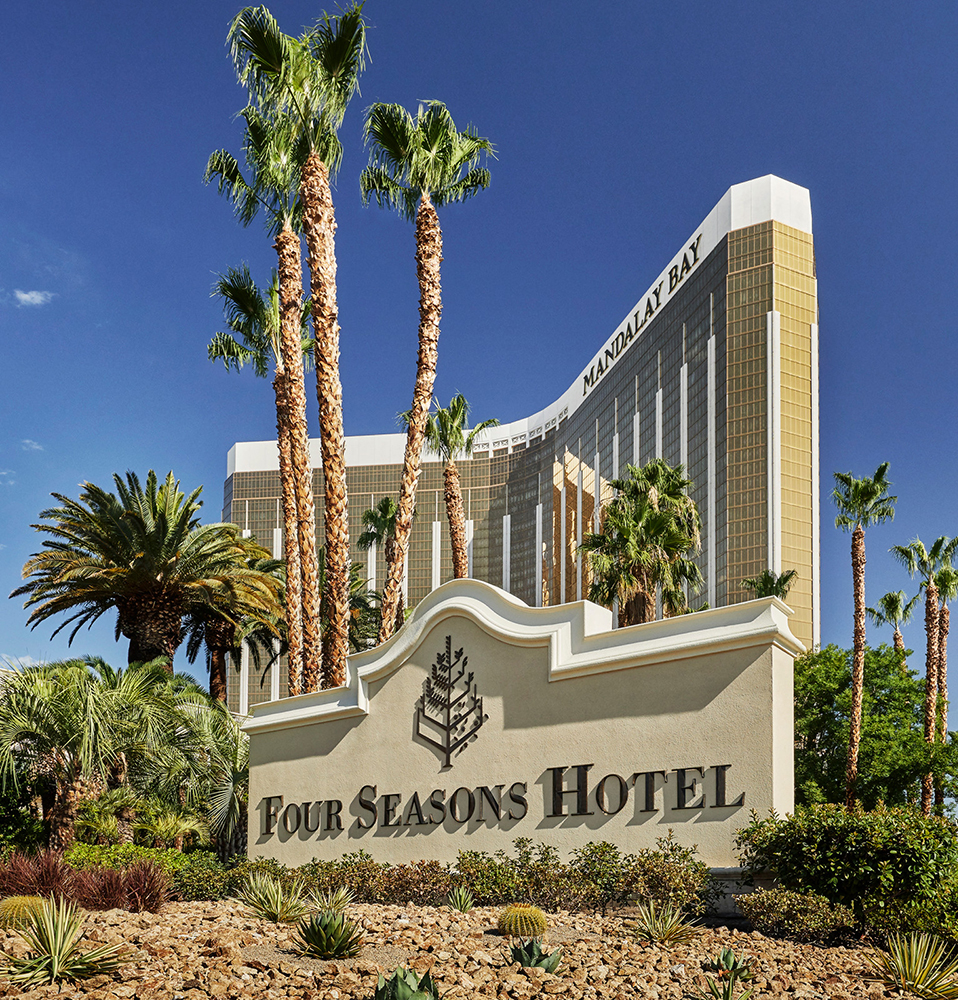 Long fabled as the hedonistic entertainment destination for the masses, Las Vegas has long favored volume and bombast over refinement and nuance. The city’s very reputation seemed for decades built on catering to the collective id of the consumption-minded visitor, dazzling with neon lights and sating with sumptuous, absurdly low-priced buffets to draw punters in to the gaming tables.
Long fabled as the hedonistic entertainment destination for the masses, Las Vegas has long favored volume and bombast over refinement and nuance. The city’s very reputation seemed for decades built on catering to the collective id of the consumption-minded visitor, dazzling with neon lights and sating with sumptuous, absurdly low-priced buffets to draw punters in to the gaming tables.
Where luxury experiences existed, they were generally in service of rewarding high rollers for bringing business to the casino.
As the city grew and began to diversify in the late 1990s and early 2000s, a handful of non-gaming luxury hospitality brands crept in to accommodate the growing cadre of top-end restaurants and experiences that the travelers were beginning to demand as Las Vegas broke out of its bargain-basement mold.
The Four Seasons Hotel Las Vegas occupies several high floors of the Mandalay Bay tower, opening alongside the larger resort in 1999. The Four Seasons has its own separate lobby, pool, spa, and restaurants, affording guests those same commanding views enjoyed by top-tier guests in the Mandalay Bay complex, but with the personalized, bespoke service offered by Four Seasons.
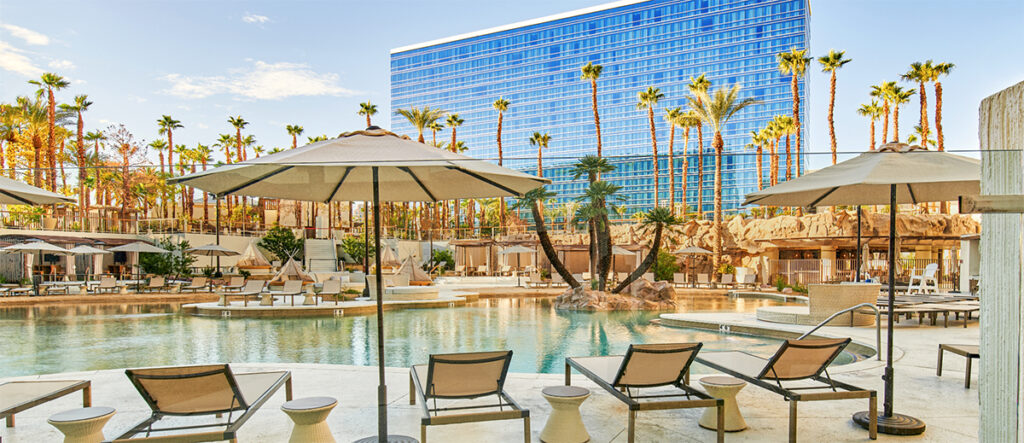 Sun-seeking guests here have the option of visiting the sprawling, 11-acre Mandalay Bay Beach with wave pool, lazy river, and beach club, or choose the more intimate Four Seasons pool, where hourly amenities like Evian spritzes and chilled fruit skewers are handed out by attentive staff.
Sun-seeking guests here have the option of visiting the sprawling, 11-acre Mandalay Bay Beach with wave pool, lazy river, and beach club, or choose the more intimate Four Seasons pool, where hourly amenities like Evian spritzes and chilled fruit skewers are handed out by attentive staff.
The hotel’s Veranda Restaurant also offers an experience that is almost anathema to Las Vegas itself—a gracious tea service, served to guests who book in advance on Saturday afternoons. Guests select from six organic teas ranging from standbys like Earl Grey or English Breakfast to exotics like Ruby Oolong or Silver Needle. Traditional trimmings like scones with Devonshire cream, lemon curd, and strawberry preserves, tea pastries, and tea sandwiches round out the rather hearty affair.
Guests can access the larger Spa Mandalay for its expansive wet areas with multiple plunge pools, steam, and sauna, but the more intimate spa at the Four Seasons is notable for stocking local handmade Las Vegas products. Brands include Hangover Soap Company, which offers vegan soaps with local sourced botanicals and names like “Little White Chapel” that pay homage to local culture.
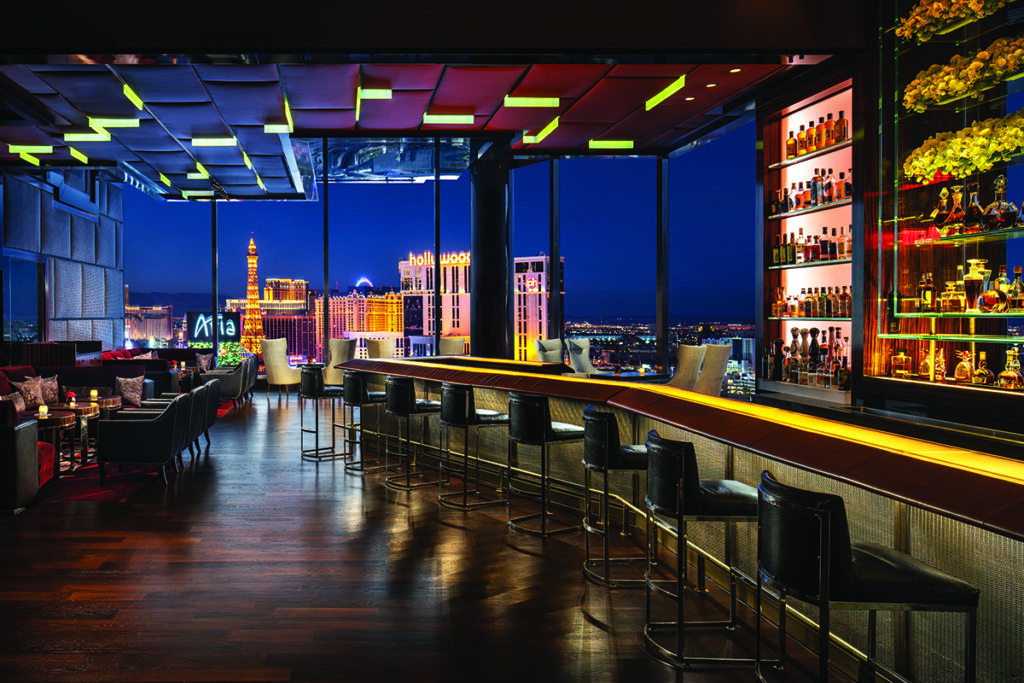 Moving north on The Strip, another non-gaming luxury property is the Waldorf Astoria Las Vegas. Here, guest rooms blend contemporary and classic styling—and they’re big, with standard rooms starting at 500 square feet.
Moving north on The Strip, another non-gaming luxury property is the Waldorf Astoria Las Vegas. Here, guest rooms blend contemporary and classic styling—and they’re big, with standard rooms starting at 500 square feet.
Virtually the entire hotel seems to be perched high about the strip, with the pool deck and spa commanding views up and down the boulevard from the 8th floor, but perhaps the catbird seat in the hotel is Skybar, on the 23rd floor. Guests come here for spectacular views both up and down The Strip, along with inventive cocktails (giant spherical ice cubes, anyone?) and light bites that trend whimsical, like potato and salami chips or elote fritters.
Like the Four Seasons, the Waldorf Astoria does an afternoon tea service, but on much expanded Wednesday – Sunday schedule, with three seatings from midday into the late afternoon. There’s also a much larger selection of teas, ranging from black, green, and oolong teas to herbal teas and house blends. Tea can be enhanced with adult beverages like traditional peach bellinis (or coconut/pineapple or blood orange variations for the adventurous).
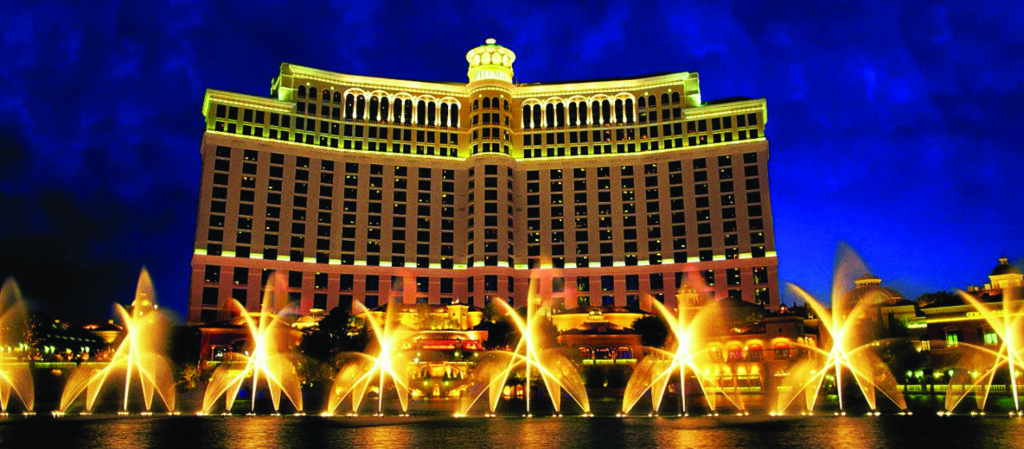 Next door, Bellagio is a gaming property, but was noted for being one of the first top-tier luxury resort properties (and the most expensive new-build resort in the world at the time) on The Strip when it opened in 1998. Soon after opening, it was immortalized in the film Ocean’s 11 and remains one of the most distinctive properties in the city.
Next door, Bellagio is a gaming property, but was noted for being one of the first top-tier luxury resort properties (and the most expensive new-build resort in the world at the time) on The Strip when it opened in 1998. Soon after opening, it was immortalized in the film Ocean’s 11 and remains one of the most distinctive properties in the city.
Picasso, the hotel’s signature restaurant, also figures prominently in the film, with Julia Roberts’s character sitting through several sumptuous (and dramatic) meals in the art-drenched space. Long a recipient of the AAA Five Diamond designation, Chef Julian Serrano celebrates the cuisines of France and Spain with a decadent degustation that features Jamon Iberico, a Spanish ham made from black hogs who feed primarily on chestnuts, a Maine lobster salad, scallops, and foie gras steak.
Prix Fixe diners might select a warm quail salad, tuna carpaccio, and roasted pigeon. There are also vegan menus available. The wine list is one of the most extensive in the city, drawing from a cellar of over 1,500 selections.
Aside from the gaming tables, guests can wander through the Bellagio Conservatory & Botanical Gardens, which is looked after by a horticultural staff of 120 and rotates designs and displays throughout the year to celebrate the seasons. The Show “O” by Cirque du Soleil has also been in residence at Bellagio since the resort first opened, but other venues in the resort have come and gone.
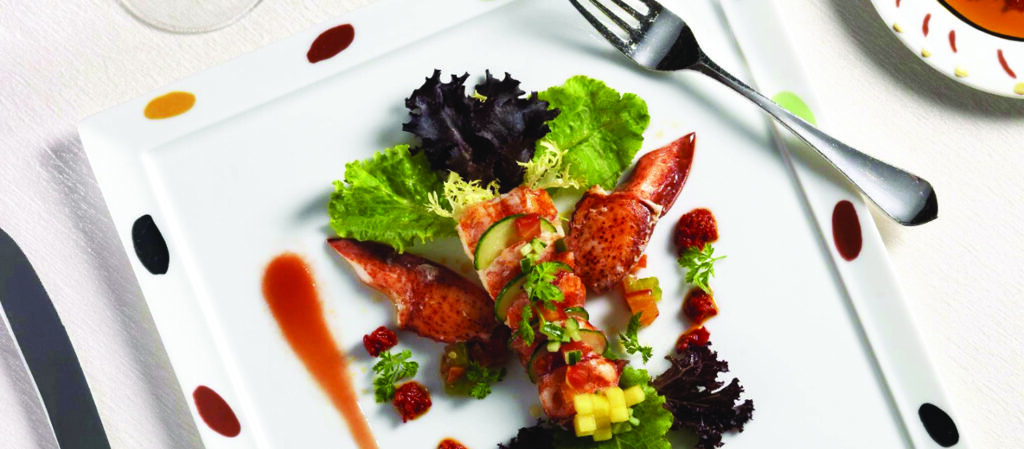 The new Mayfair Supper Club, which opened in early 2020, offers grill classics with views of Bellagio’s dancing fountains. Favorites like Lobster Thermidor or Whole Dover Sole share menu space with caviar and wagyu beef. On Fridays and Saturdays, the supper club converts to a late-night lounge called Mayfair After Dark, with live music and dance performances giving the evening an energetically sophisticated air.
The new Mayfair Supper Club, which opened in early 2020, offers grill classics with views of Bellagio’s dancing fountains. Favorites like Lobster Thermidor or Whole Dover Sole share menu space with caviar and wagyu beef. On Fridays and Saturdays, the supper club converts to a late-night lounge called Mayfair After Dark, with live music and dance performances giving the evening an energetically sophisticated air.
Away from the frenzy of The Strip is the new Virgin Hotels Las Vegas—a conversion to the growing Virgin Hotels brand from the former Hard Rock property. The casino and guest rooms have been completely redone in Virgin’s kitschy style. Guest rooms have adopted Virgin’s proprietary “Chamber” room layout that separates the bedroom from the bath and dressing areas. Guest rooms are also well-wired, with guests able to login to their room controls from their television or a mobile device to chat with staff or adjust the temperature.
Rooms are also outfitted bedside controls for room lighting and doorfront privacy indicators, as well as plenty of Virgin whimsy, like miniature stress-foam sheep at the bedside (for counting off to sleep), and palo santo-fragranced bath products from Red Flower.
Whether Las Vegas visitors ultimately choose to base from gaming or non-gaming luxury properties, there are plenty of top-tier options available. The city has been through many incarnations and promotional strategies, ranging from focusing on families to doubling down on the “Sin City” moniker and promoting its inherent naughtiness. In recent years, attention has focused on Las Vegas as a center for world-class entertainment and dining, rather than the bargain basement draws of yesteryear.
That ultimately yields a destination almost purpose-designed for the luxury traveler, perhaps finally giving the city overdue credit for finally appealing that discerning market segment.
By Scott Laird